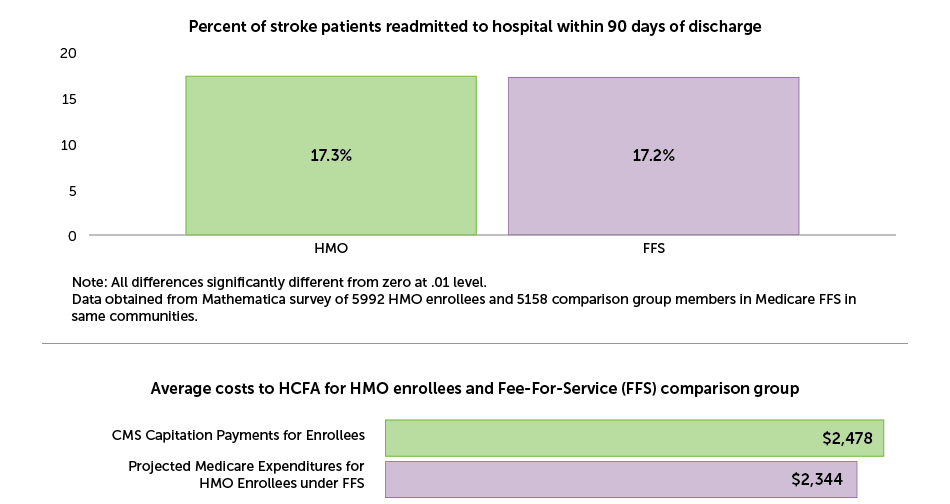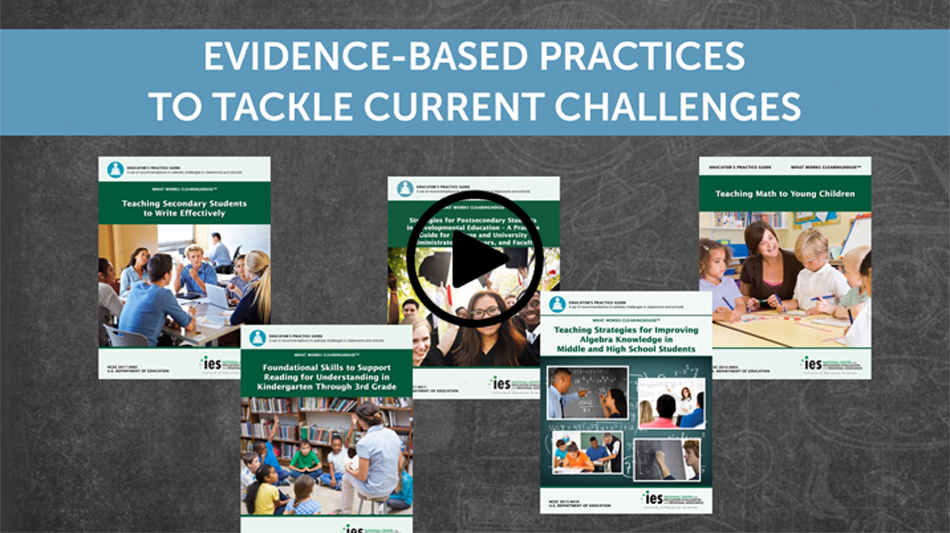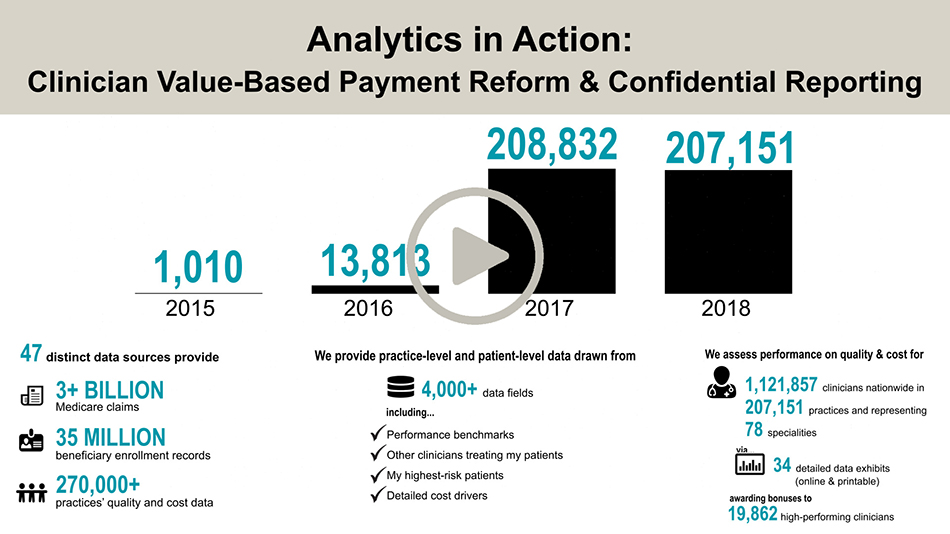
Since 1968, Mathematica has been at the leading edge of generating evidence to improve public well-being. Working with our partners, we have led the implementation of new methods, broken ground in emerging fields, and applied innovative technology to help answer key policy questions that have had a significant impact on people's lives. As we celebrate our 50th anniversary in 2018, we are proud to reflect on our long-standing role in bringing high-quality, objective research to bear on complex policy issues. Here, we provide a decade-by-decade retrospective of just a few examples of Mathematica's seminal work that has made lasting impacts on the field of research and the use of evidence in policies and programs.


Can a negative income tax reduce poverty?




Do health maintenance organizations work for Medicare?
In this seminal evaluation of the first HMOs to provide Medicare coverage, Mathematica found that HMOs provide care of comparable clinical quality (similar rates of death, hospital readmission. and postadmission complications) to that delivered by fee-for-service providers, but contrary to the program’s intent, costs to Medicare actually increased. The increased cost to Medicare was due to the HMOs being paid a fixed, pre-determined amount (“capitation rate”) for enrollees based on actuarial tables that accounted for their age, sex, Medicaid enrollment, and whether in a nursing home, but not for their medical conditions. Beneficiaries enrolling in HMOs were healthier on average than other Medicare beneficiaries with the same actuarial factors. The findings led to revamping of the payment methodology to take account of HMOs’ healthier-than-average enrollees.



Job Corps helps vulnerable youth achieve better outcomes
Mathematica conducted a rigorous, long-term national evaluation of Job Corps, the nation's largest vocationally focused education and training program for vulnerable youth between the ages of 16 and 24. Job Corps participation led to an extra year of schooling, produced large gains in the attainment of GEDs and vocational certificates, reduced arrests, and increased earnings for several years after program exit for the younger students and for much longer for the older students. We are currently examining IRS earnings data 22 years after study enrollment to examine long-term program effects as the sample matured into adulthood.



Promoting Evidence-Based Decision Making in Education
In 2002, the U.S. Department of Education's Institute of Education Sciences established the What Works Clearinghouse (WWC) to be a central and trusted source for information on what works in education. The WWC reviews and reports on studies of programs, practices, and policies to provide educators with information about what works in their schools and classrooms. Since 2007, Mathematica has played a central role in administering the WWC, including developing research standards that have raised the bar for education research. The WWC continues to focus on expanding the tools and information available through the resources available on the WWC website, empowering educators to make evidence-based decisions on what works for their students.



Clinician Value-Based Payment Reform
To strengthen the quality of health care in the U.S. while reducing costs, the Centers for Medicare & Medicaid Services (CMS) initiated the first nationwide pay-for-performance program for clinicians in 2013. Mathematica worked with CMS to design and implement the approach to assessing clinician performance under this program. In 2017, we calculated performance-based payment adjustments for 1,121,857 clinicians, developed detailed feedback reports explaining their performance ratings, and helped practices use their feedback to provide better care to their patients.



Going global
More than 600 million people in sub-Saharan Africa lack access to electricity. In 2013, Power Africa was launched to increase the number of people with access to power. Investments of over $50 billion are expected by 2030 with help from USAID, the Millennium Challenge Corporation (MCC), the private sector, and a number of other development organizations. Mathematica recently completed the evaluation of MCC's electricity project in Tanzania and is currently conducting evaluations of MCC's electricity projects in Benin, Ghana, Liberia, and Malawi. Together, these evaluations will provide a rich body of evidence to help inform stakeholder decisions about how best to meet the urgent energy needs of Africa.
Click on any of these countries below to see how little light each has compared to U.S. states that are roughly similar in size but have smaller populations.
Today, Mathematica's work spans more than 50 countries. We've substantially expanded our capabilities, our reach, and our client base to include federal, state, and local agencies, as well as more than 20 major foundations. We're developing innovative new approaches to help answer key questions and support timely decisions that improve programs, portfolios, and policies. But our work is just beginning. Just as we did in our first 50 years, for the next 50 and beyond we will bring evidence to bear on the global community's toughest challenges and we will continue to improve public well-being.
Check out our interactive timeline for more information about the studies featured here and our other work, or visit: www.mathematica-mpr.com or contact us at press@mathematica-mpr.com.
